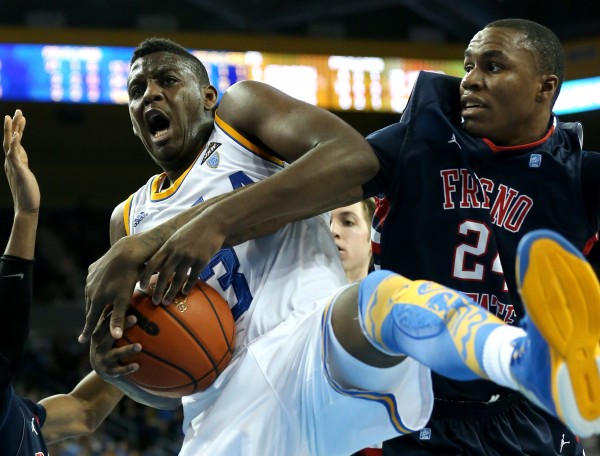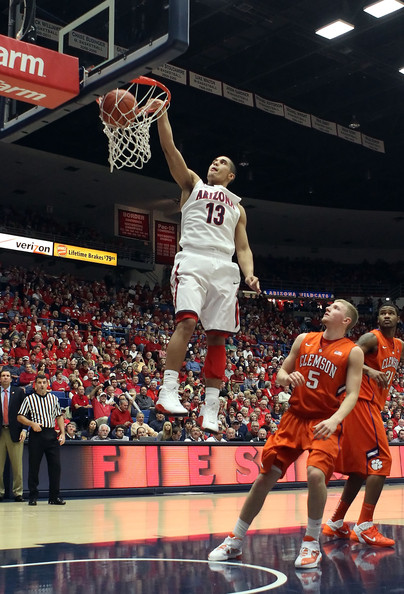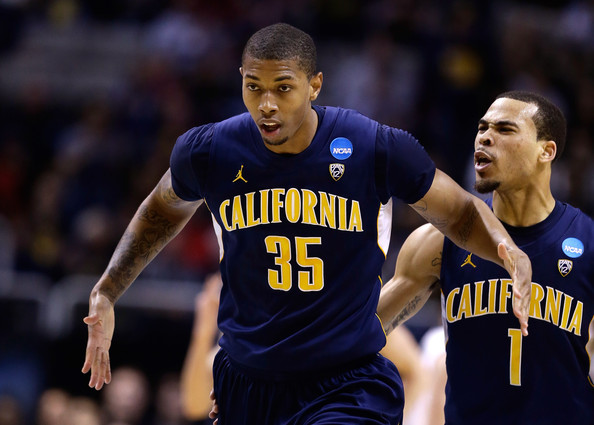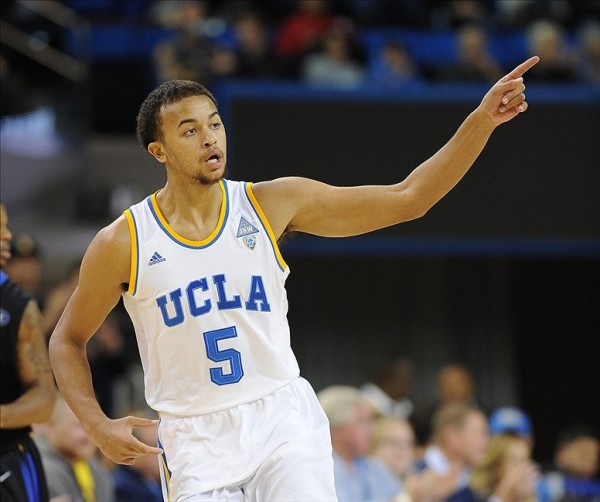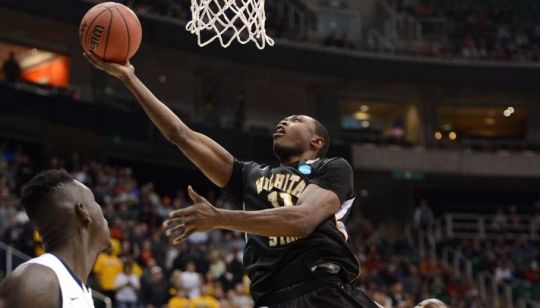Pac-12 Post-Mortems: California
Posted by Andrew Murawa on June 12th, 2014Finishing off the group, we’re going through each Pac-12 team one by one to recount the season and begin to turn the page to what we might see next season. Today, Cal.
What Went Right
Seniors Justin Cobbs and Richard Solomon turned in their best seasons in their careers in Berkeley; there was some promising production out of the freshman class; and the Golden Bears got off to a promising 5-0 start in conference play, with three of those wins coming on the road. Heading into the tail end of January, it looked for all the world that it would be Cal – rather than some of the other league teams like Oregon, UCLA and Colorado, each of which had flashed a little leg earlier in the season – that would have the best chance to challenge Arizona’s presumed dominance in the conference.
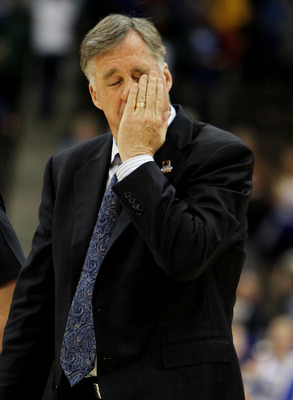
In Mike Montgomery’s Final Year On The Sidelines, The Golden Bears Underachieved (credit: Doug Benc)
What Went Wrong
But, on the heels of that optimism, the Golden Bears went to USC and lost in a terrible effort, allowing a bad Trojans team to cut through their defense without much effort. Mike Montgomery’s squad was never the same after that point. They took advantage of a rowdy Saturday night home crowd and an injury to Brandon Ashley to knock off Arizona a couple weeks later, but won only four more games the rest of the way (they lost nine of their last 14 games) prior to an NIT invitation. The root causes of this failure are many, but relying on freshmen like Jabari Bird and Jordan Mathews for offensive firepower did not help things. Tyrone Wallace, despite showing tremendous improvement in his sophomore campaign, was still inconsistent. And the frontcourt of Solomon and junior David Kravish never really scared anyone.






























